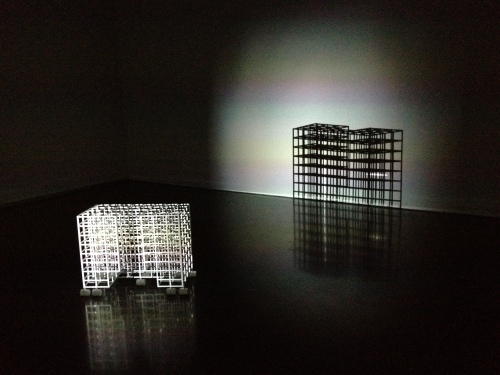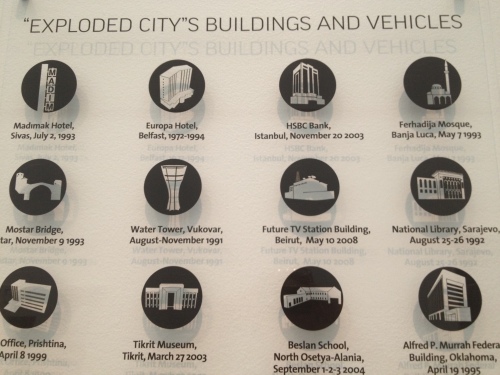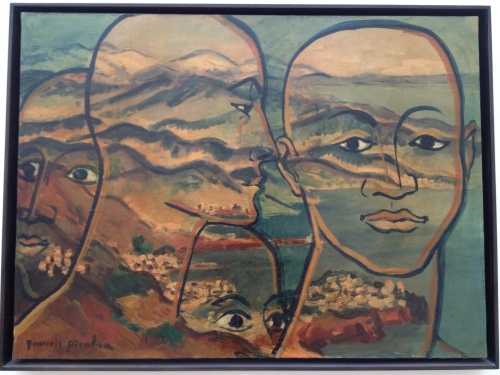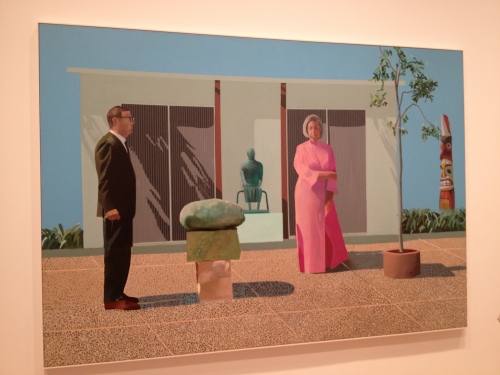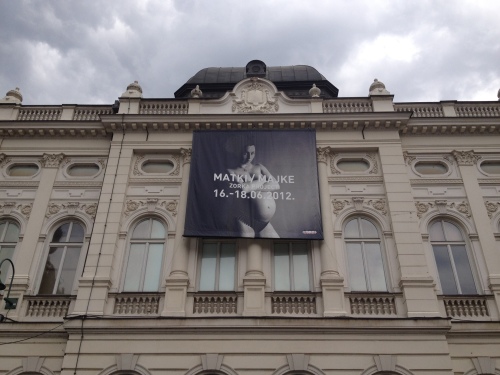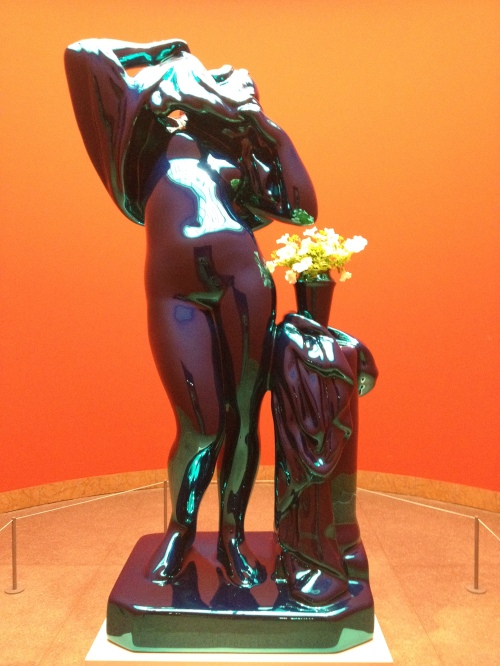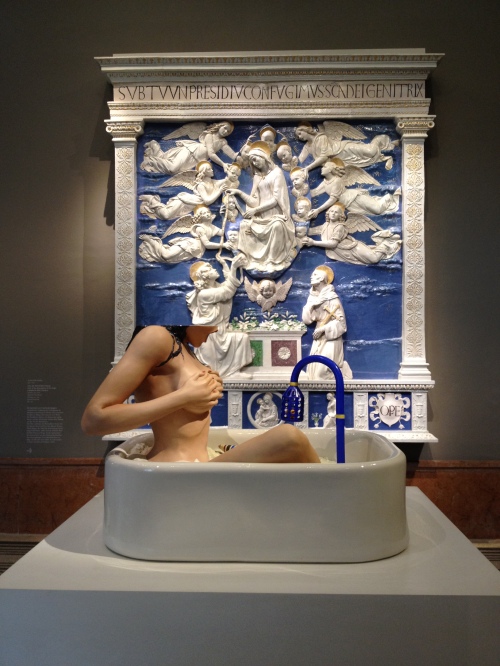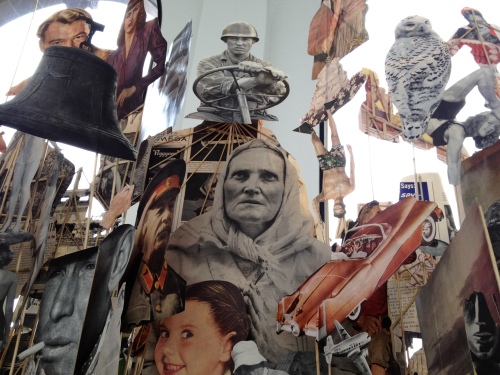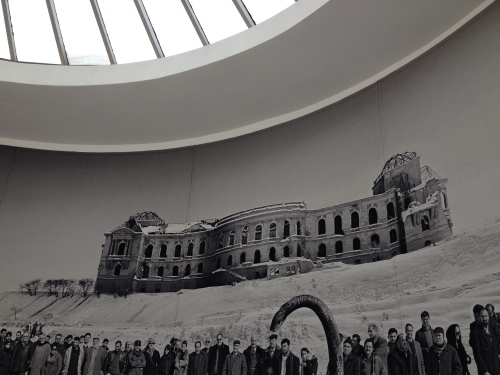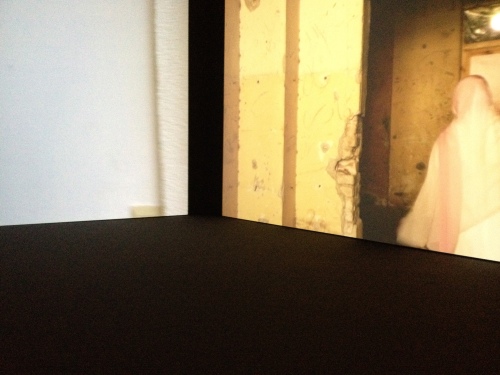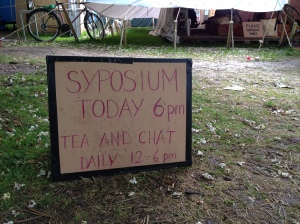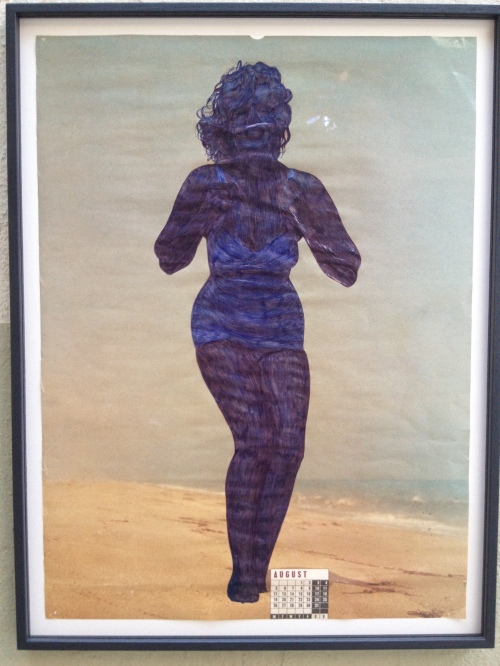I’ve been recently in Chicago – a city with certainly some of the most beautiful high-rise buildings in the world. These buildings have later inspired the cities and architects around North America to compete more creative, more theme oriented and unusual in their next project. Museum of Contemporary Art has organized a fantastic exhibition on skyscrapers, showing them from inside out: what it means not only for citizens as part of the skyline but also for their inhabitants. Moreover, what skyscrapers meant for society, their construction and, sometimes, deconstructions. Last but not least, all those emotions that those skyscrapers involve have been also touched upon and often on display.
What a fantastic shot! Roy Ethridge captured romance of this world by striking the upward rising Tokyo with a sharp ray of light and rainbow in one and focusing not only on metropolitan urbanism of the city but also on its lucky charm of modernity.
Another interesting photography: Wegner shows the obvious here with non-obvious means. Long city boulevards, elongated upending buildings and gloomy sunset – he surrealistically ‘creates structures where none seem to exist’.
The image here does not do the work its justice: the light projection right on the fragile paper structure is further translated on the wall, so that the installation is a constant play of light and shadow. Reminds a lot on works of Sol LeWitt.
What you see here are refrigerators, which have been altered by simple mirrors. This work symbolizes ‘a yearning for the glamour of the metropolis’, but also shows how this urbanity can be easily improvised and approximated.
Ahmet Ögüt shows here an imaginary metropolis, comprised of building that have been destroyed in an act of destruction, conflict or war. He shows them in the shape as they used to exist, disregarding the geography and placing them all together (this above is only a table explaining the background). Through this installation, the artist is playing with personal stories and emotions, the meaning of building and their destructions as well as the role of mass media.
What you see behind Ögür’s model of Vijecnica in Sarajevo (“Exploded City”) is an everchanging sculpture representing World Trade Center towers. Every day the newspapers are placed and the ‘towers’ are rising; once the newspapers fill rectangular forms, they are removed for recycling. In this way, the artist plays with idea of constant change and rise and fall patterns.



